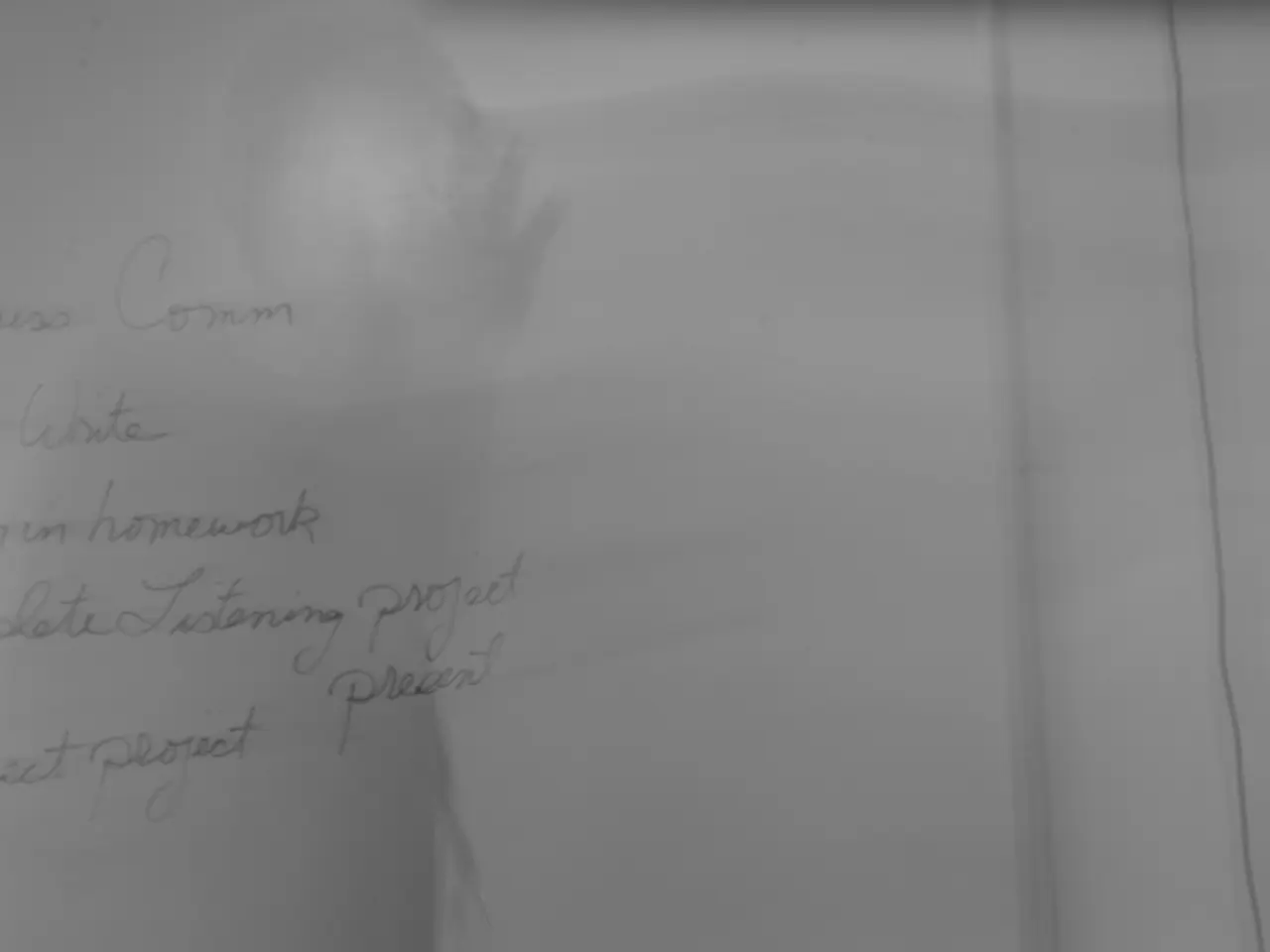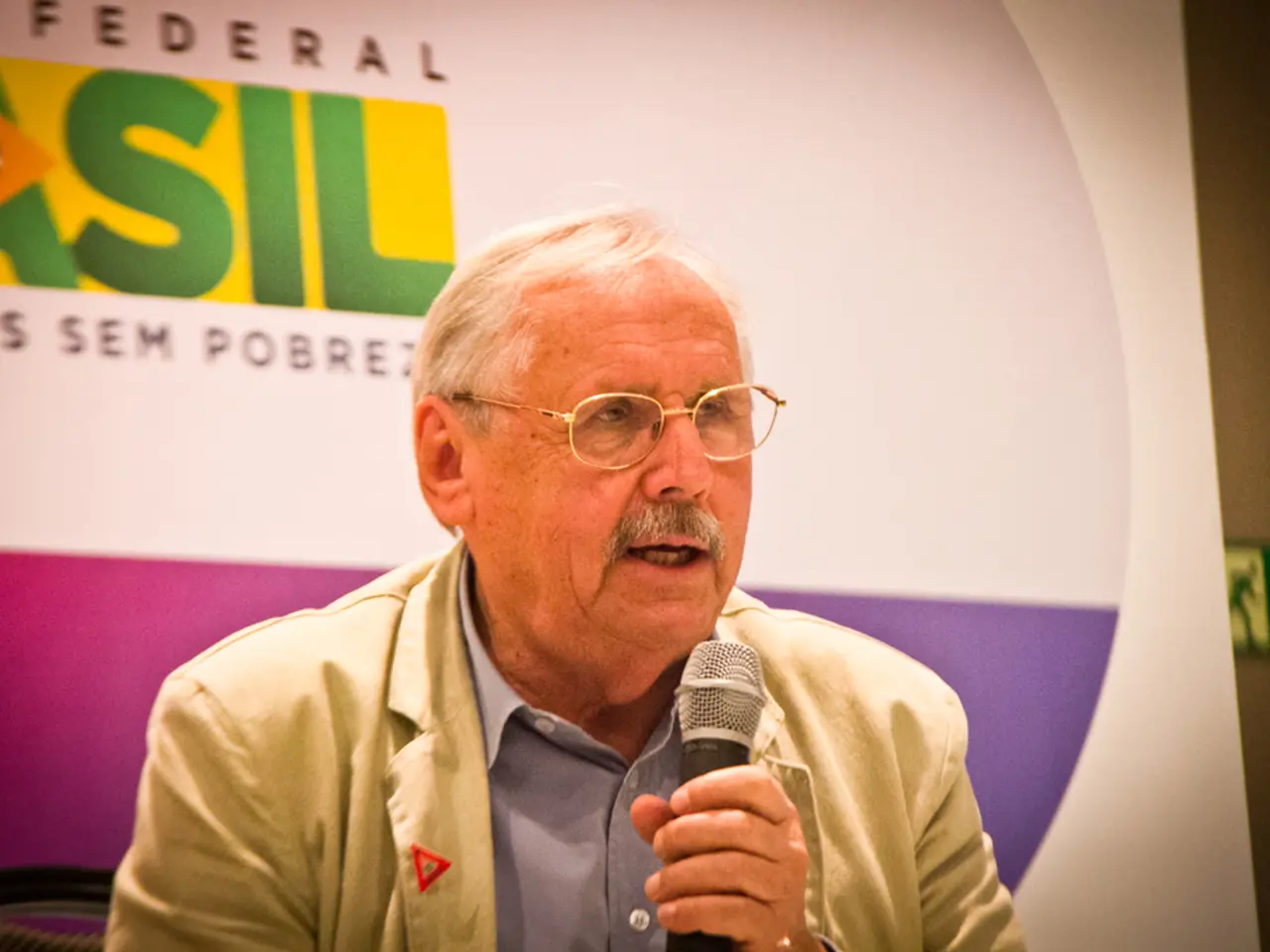Poland Implements Border Controls: Unraveling the Aftermath
The recent announcement by Poland to reinstate temporary border controls with Germany, effective July 7, 2025, has sparked concerns among travelers, commuters, and small border traffic. These measures are expected to cause significant disruptions, delays, and logistical challenges, particularly in areas like Frankfurt (Oder).
The reinstated checks are likely to result in severe traffic congestion, potentially affecting hundreds of thousands of daily commuters and local residents who cross the border regularly for work, errands, or family visits. This could lead to longer journey times, extended waiting periods at the border, and logistical challenges for small-scale cross-border traffic.
The Polish Prime Minister, Donald Tusk, has emphasised that while reinstating border controls is not ideal, they see no alternative due to the need to curb unauthorized migrant crossings. This temporary step means a partial restriction on the Schengen area's usual principle of free movement, potentially affecting punctuality and convenience for travelers and commuters.
Small border traffic, crucial for regional economies and local communities on both sides, may face setbacks. Daily commuting workers, small businesses dependent on cross-border customers or suppliers, and social interactions like family visits could be strained by the added formalities and delays at the border.
The measure reflects underlying tensions regarding migration management between Germany and Poland. Chancellor Friedrich Merz has engaged in dialogue with Polish officials seeking collaborative solutions but has also faced criticism domestically and from neighbours for border policies. The renewed controls signal challenges in maintaining seamless EU internal borders and may indicate a broader reevaluation of current border management policies.
Although the border checks are framed as temporary and a last resort under Schengen rules, such controls can be extended multiple times. The current reinstatement is scheduled until at least August 5, 2025, but its duration might be prolonged depending on migration flows and political decisions.
Since October 2023, German border controls have been implemented for travelers from Poland. The rules of the Common European Asylum System (CEAS) are scheduled to come into effect in mid-June 2026, providing for asylum seekers to be registered at the EU's external borders, including identification and biometric data collection.
Around 13,000 people commute daily from Poland to Saxony, and more than 14,000 people do so daily in Brandenburg. Delays at the German-Polish border crossings threaten losses, according to the Association of Business Associations in Berlin and Brandenburg. Polish transport companies are also concerned about potential 100% controls on the return journey, which could lead to delays of several hours or even several days.
Other countries within the Schengen area, such as Austria, France, the Netherlands, and Slovenia, are also implementing controls, often citing too much irregular migration and security issues. The situation underscores the need for a collaborative and comprehensive approach to managing migration within the EU.
In summary, these border control measures are likely to disrupt daily life, increase travel times, and complicate cross-border cooperation for German travelers and commuters, while signaling deeper political challenges in balancing security and free movement within the EU.
The unforeseen3 travel delays and logistical difficulties due to Poland's reinstated border controls might extend beyond commuters to affect the general-news narrative4, potentially bringing crime-and-justice issues into play as the prolonged border checks could disrupt small-scale cross-border traffic, affecting individuals, businesses, and families.
With increased political tension surrounding migration management within the EU5, the reinstated border checks are likely to have far-reaching implications, affecting not only Poland and Germany but potentially other countries with internal border management challenges, polishing a deeper understanding of the need for cooperation and collaboration in the face of such complex issues.





